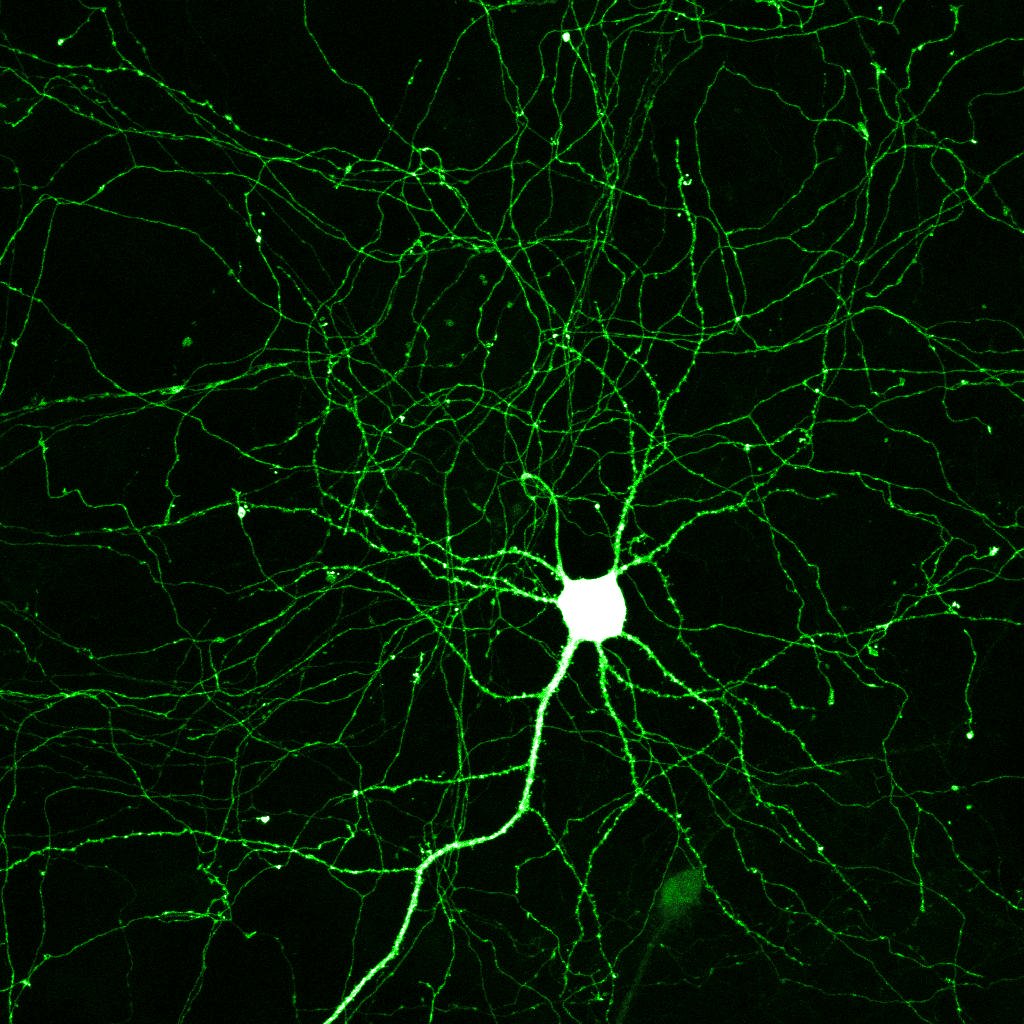![]()

The brain chip schedule seems to be compressing fast.
Can a chunk of silicon really stand in for brain cells? I ask. “I don’t need a grand theory of the mind to fix what is essentially a signal-processing problem,” [Berger] says. “A repairman doesn’t need to understand music to fix your broken CD player.”
(via Glenn Reynolds)
But the most dramatic achievement in humans so far is a neurosensor under development by brain researcher John Donoghue and his colleagues at Brown University. When placed over the brain’s motor-cortex area, the sensor enables quadriplegics to open and close a prosthetic hand merely by thinking about doing it. This technology, called BrainGate, allows the machine to convert the electronic signals coming from the brain (“I want to move this hand”) into motor activity by using algorithms embedded in a software chip. “The possibilities are limitless,” says Elizabeth Razee of Cyberkinetics Neurotechnology Systems, a firm in Foxborough, Massachusetts, that hopes to bring BrainGate to market by 2009.
Cyberkinetics’s work bears some similarity to Berger’s. Both convert brain signals into code that can be interpreted and translated by a computer. But Berger has set himself the more difficult challenge. BrainGate offers a one-way link between mind and machine: The user can talk to a computer but not vice versa. Berger’s brain chip operates in two directions, functioning as a bridge over damaged cells.
Any guesses on how long we have to wait before a full hot-head neurotronics package becomes available for cash in the back-street clinics of Bangkok?
Posted by Old Nick at April 11, 2007 03:03 AM | TrackBack